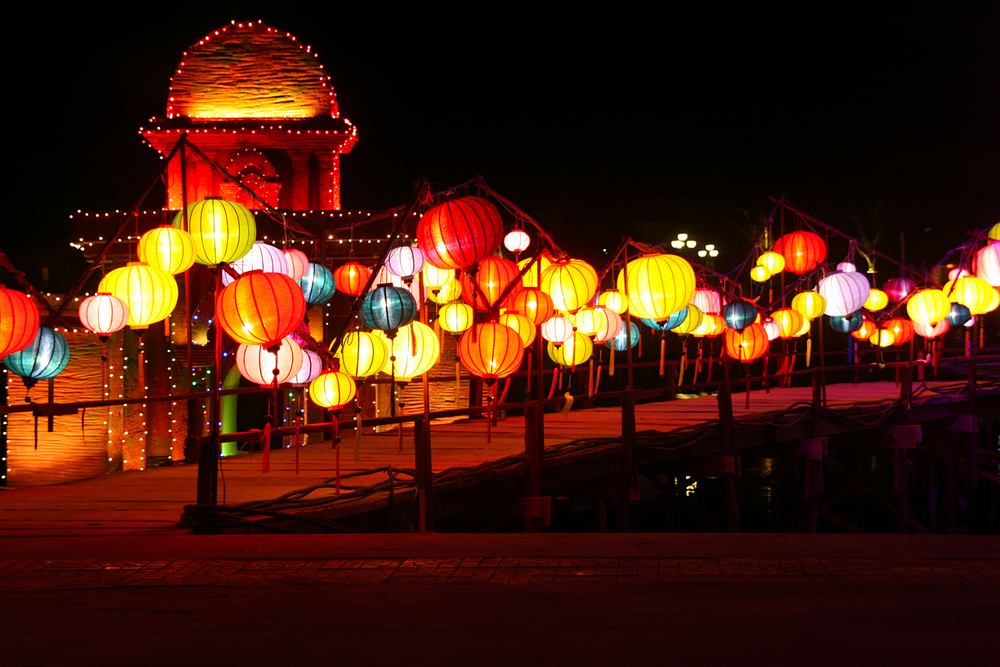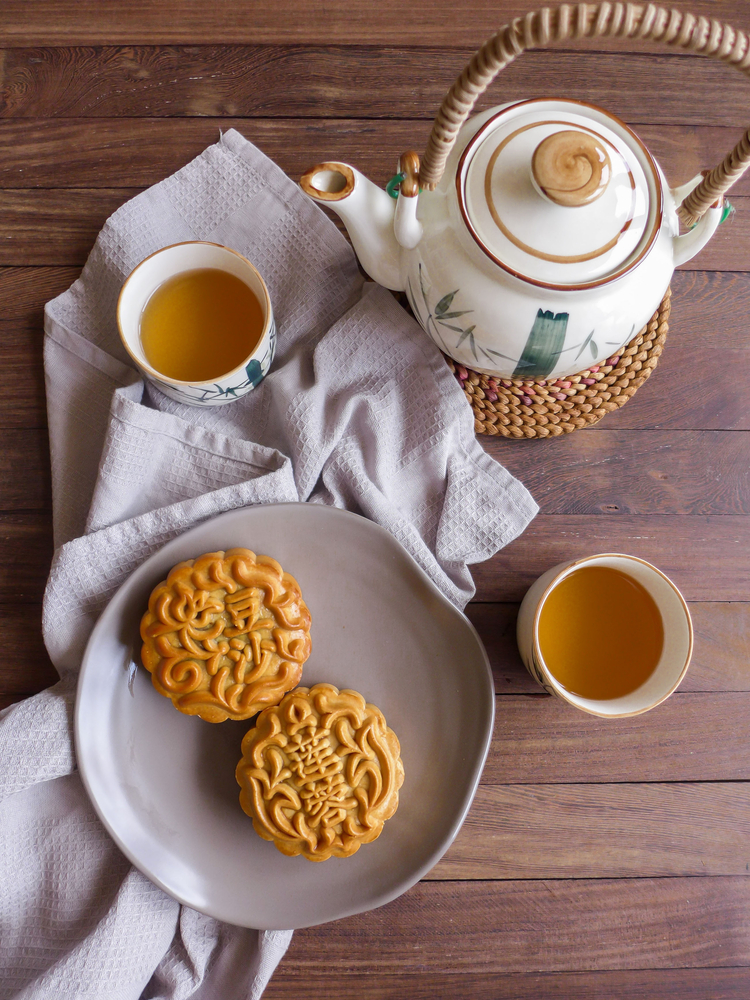Festivals

Calendar
| Festival | 2024 | 2025 | 2026 | Affected |
| Lantern Festival | February | February | February | none |
| Mid-Autumn Festival | September/October | September/October | September/October | none |
Key:
g = government offices and institutions
b = banks and financial institutions
o = non-retail businesses/offices
r = retail businesses
Lantern Festival
Mid-Autumn Festival
The traditional mooncake, a rich pastry filled with lotus seeds, ground beans and orange peel, contains an egg yolk in the center to represent the moon. In Vietnam, the mooncake is known as banh trung thu (mid-autumn cake) and can contain different fillings like peanuts, duck-egg yolks, raisins, watermelon seed, durian, and mung bean.
One of the most popular family holidays, the Mid-Autumn or Mooncake Festival provides various activities to keep the young entertained. The night’s program usually includes lion dances, musical performances, lantern-making contests, and a floating candle lantern ceremony on lakes or rivers.
Copyright © 1993–2025 World Trade Press. All rights reserved.

 Vietnam
Vietnam 

